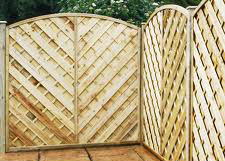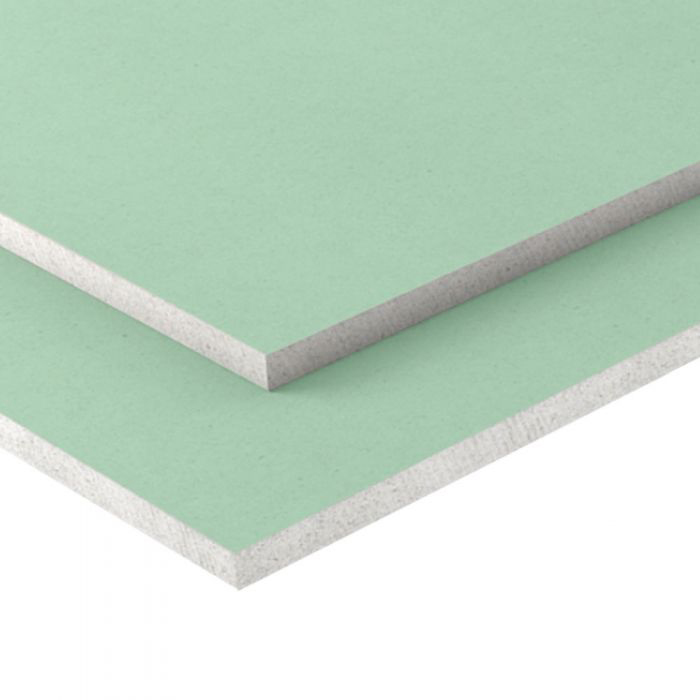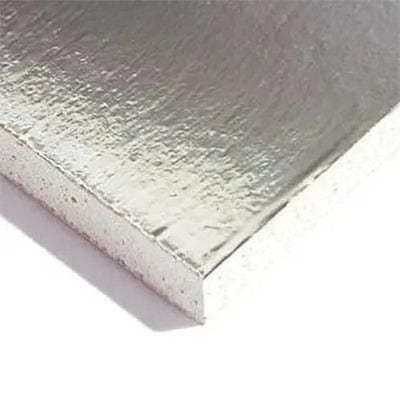FENCE PANEL INSTALLATION: HOW TO PUT A FENCE UP IN ONE DAY

Master fence panel installation in just one day with our step-by-step guide, perfect for landscape gardeners and homeowners alike.
Whether you’re a landscape gardener or a proud home-owner, a good, solid, timber fence will look great and protect your property through flag-cracking sunshine or the iciest of cold snaps, not to mention acting as a deterrent for would-be burglars.
Get it right first time and your fence will look after you for many years.
The trick is to follow a simple plan, get everything ready that you’ll need, and try to pick a sunny day when you don’t mind being outdoors for a good few hours…
What you’ll need:
- Fence panels
- Timber fence posts (NB each post should be 600mm longer than the fence panel e.g. 8ft posts should be used with 6ft panels.)
- Post caps
- Pegs and string
- Tape measure
- Spade (a post-hole digger is useful too)
- Gravel for drainage
- Post-fixing mix (approx. two bags per fence post)
- Panel fixing clips or exterior brackets and screws – you’ll need six per panel
- Spirit level
- Automatic, cordless screw/drill driver
- Galvanised nails
- Hammer
Step 1 – Prepare the area
Mark out the inside line of your fence with string and wooden pegs – this will provide a helpful guide for you to work to.
From your first wooden peg, measure the length of your fence panel plus half the width of your post, then use your tape measure or a length of timber to mark out the distance between each post hole, adding wooden pegs where each post will go.
Step 2 – Start digging
Start at one end of your guide line and dig out a hole for the first fence post. Make sure you dig 60cm (2ft) deep and 30cm (1ft) wide to give you enough space to pour the post mix around the post to give it support. A post-hole digger is a great tool to use for this job if you have one.
Dig the rest of your post holes where you’ve marked them out.
Step 3 – Put in your first post
Add a few inches of gravel in the bottom of the hole to help with drainage. Then place your post into the hole and, ideally with the help of a friend, pour in water, then your post mix around the base of the post (follow the mix quantities given). A ready to use post mix makes life much easier as it doesn’t need to be mixed, and sets more quickly than concrete.
Fill the post hole to just below ground level and use your spirit level to make sure the post is straight before it completely sets.
Repeat for all your fence posts.
Tip: You can use a length of timber placed across the tops of the posts and lay your spirit level on top to make sure they are all level.
Step 4 – Secure the fence panel
First, attach the brackets to the fence panel, using six brackets per panel; three, evenly spaced on each side.
Attach the panel to the first and second posts.
Tip: Make sure your fence panel is raised around 5cm from the ground to avoid rotting, and to help your fence have a long and healthy life.
Repeat with all your fence panels.
Step 5 – Add the post caps
Use one galvanised nail in the centre of each post cap to attach it to the fence post, giving your fence the finishing touch. You may choose to apply a silicone-based sealant to the underside of each cap before nailing it to the post, which will help to prevent rotting through water ingress.
Tip: Soak the post caps in water to help prevent splitting when you nail them on.
You’ve finished!
Putting up a fence is a fairly easy and relatively cheap way to create a boundary, but don’t forget, you’ll still need to maintain it regularly with a suitable treatment to protect it from the weather.
Now go out and enjoy your garden, admire your achievement and feel safe and secure, knowing your new fence is up to the task.










